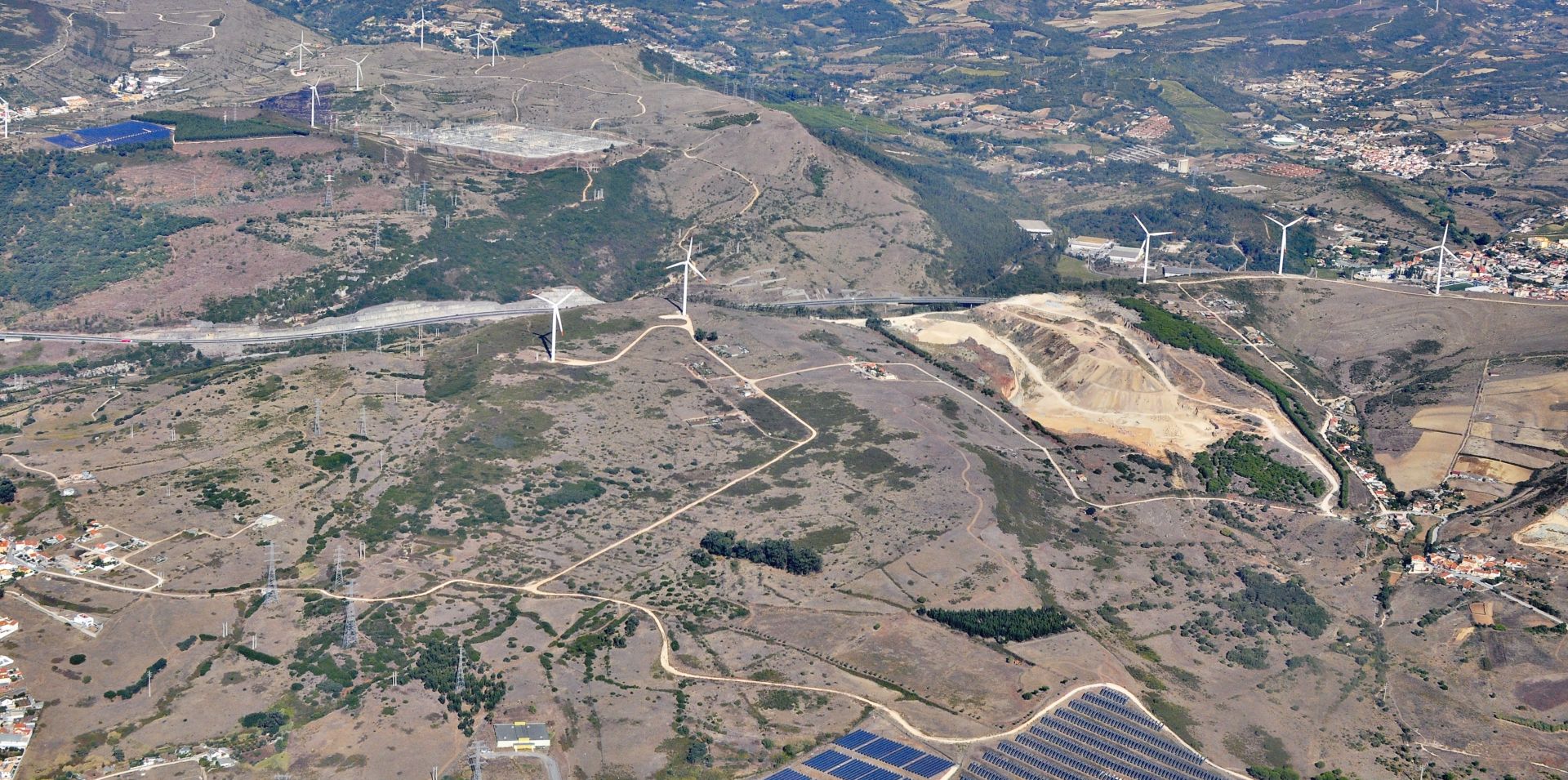Portugal produced more power from clean energy sources in March than it actually needed, marking the first time in the 21st century that renewables have topped 100% of its production. But a dearth of energy connections with the rest of Europe remains problematic, explains Sam Morgan.

Without better energy storage, Portugal’s renewable power goes to waste (Photo by Pedrik, edited, CC BY 2.0)
Increasing renewable energy capacity is one of the key pillars of the Energy Union and in the month of March, Portugal was regularly able to meet 100% of its energy needs predominantly through hydro and wind power.
According to the Iberian nation’s transmission system operator, REN, renewable energy output reached 4,812GWh, surpassing Portugal’s total electricity needs for March, which only topped 4,647GWh.
That meant that the average for the month reached 103.6% from renewables, outstripping the previous contemporary record of 99.2%, set back in February 2014. In the last 40 years, Portugal has not managed to match March’s efforts. In fact, during the same period last year, renewable energy was only able to meet 62% of Portugal’s electricity needs.
Green MEP Claude Turmes praised Portugal’s “impressive” progress, citing it as evidence that the EU should support a renewable energy target of more than 27% for 2030.
Impressive news from Portugal: #renewables produced more than 100% of the country's electricity consumption throughout the month of March! That shows how ridiculous a 27% target for 2030 is. Who will be the next country to follow that path? #CleanEnergyEU https://t.co/feUNyBqcPK
— Claude Turmes (@ClaudeTurmes) April 3, 2018
Negotiations are currently ongoing between the European Parliament, Commission and member states on the update of the bloc’s renewable rules. MEPs are calling for a 35% target, while the EU executive and national capitals back just 27%.
But Luxembourger Turmes and lead rapporteur José Blanco Lopez (Socialists and Democrats) might find the Commission fighting their corner during the closed talks, as the Berlaymont has indicated in recent months that a 30% target could be feasible.
Portugal’s renewable energy association (APREN) and sustainability NGO ZERO worked out that the clean energy successes of March will translate into 1.8 million fewer tonnes of CO2 emissions and savings of over €20 million thanks to a reduced need for emissions allowances.
The green groups also calculated that the increase in renewable generation meant average energy prices fell from €43.94 per MWh this time last year to just €39.75 per MWh.
But Portugal’s clean energy triumph was not all shining solar panels and whirring hydro turbines, as during some hours fossil fuel power and imports were needed to balance supply. However, APREN and ZERO’s analysis pointed out that those hours were cancelled out by periods of surplus generation.
Isolated Iberia
On the face of things, Portugal’s decarbonisation efforts look like they are going from strength to strength.
But the country’s location on the very edge of mainland Europe and the fact it only shares a land border with Spain, mean its isolation could stymie its clean energy efforts. Despite being totally connected with the Spanish grid, its peripheral location is a difficult challenge.
Interconnectors, especially electricity cables, are essential to the EU’s Energy Union plans of having a true internal power market, as they allow surplus energy to be shifted from one member state to another depending on demand.
This is particularly important for ever-increasing renewable energy capacity, as the old adage of ‘the sun doesn’t always shine and the wind doesn’t always blow’ is still true, and storage solutions are still not developed enough to satisfy energy needs.
For example, on 11 March, Portugal generated 143% of its power from renewables but without a robust connected energy grid or ample storage (either in the form of advanced batteries or pumped hydro) that energy could go to waste.
That is why Portuguese Prime Minister Antonio Costa in December announced that he would host a mini summit with Spanish counterpart Mariano Rajoy that would focus on interconnectors. French President Emmanuel Macron and Commission boss Jean-Claude Juncker were also slated to attend.
Member states are meant to hit a 10% interconnection target by 2020, where a tenth of generated electricity can be exported across borders, but both Spain and Portugal are lagging behind that goal, along with ten other EU countries.
Portugal is trying to overcome its isolation from the rest of Europe by looking into third-party interconnectors. A cable across the mouth of the Mediterranean to Morocco is well on its way to completion.
But Costa’s meeting was pencilled in for February and there have been no indications in 2018 that the summit will indeed be held. A spokesperson for the Commission told EURACTIV that a date still has not yet been confirmed.
This lack of progress will displease EU climate chief Miguel Arias Cañete, who in December insisted that “there is no justification” for the Iberian peninsula’s continuing lack of interconnection with the rest of the EU grid.
Although the Bay of Biscay cable between France and Spain will boost the latter’s integration, it looks likely Portugal’s admirable progress on renewables might bump up against the glass ceiling of grid isolation.
This article has been republished from Euractiv.com.
Sam Morgan is a reporter and translator for Euractiv.com.
Spain’s coal production could end in 2020 and with it the closure of several GW power capacity is in sight:
https://www.platts.com/latest-news/coal/barcelona/spains-endesa-sees-all-domestic-fed-coal-plants-26957409